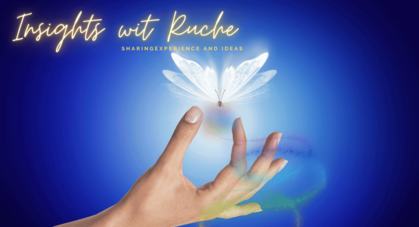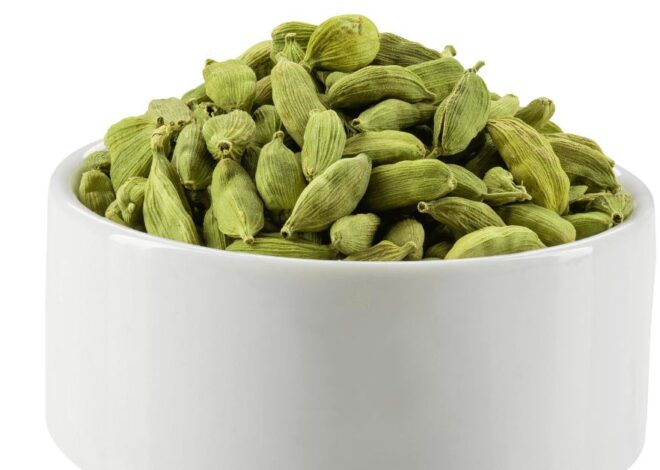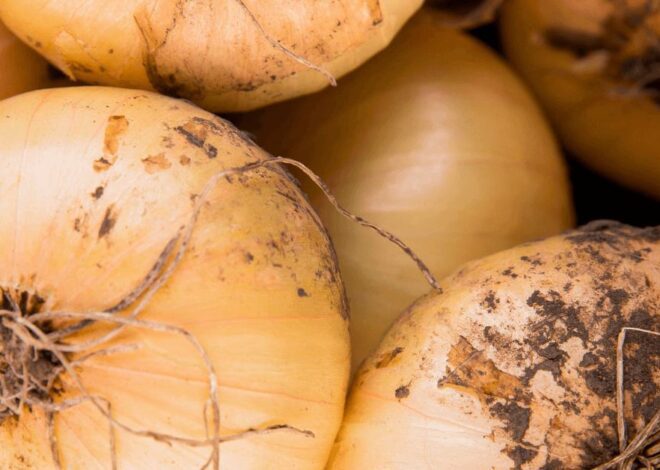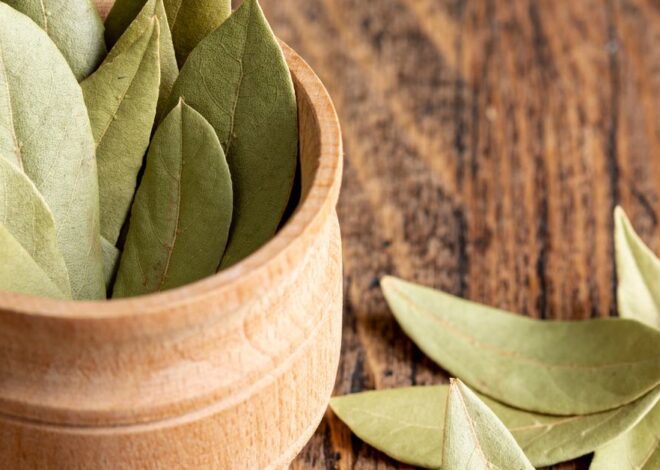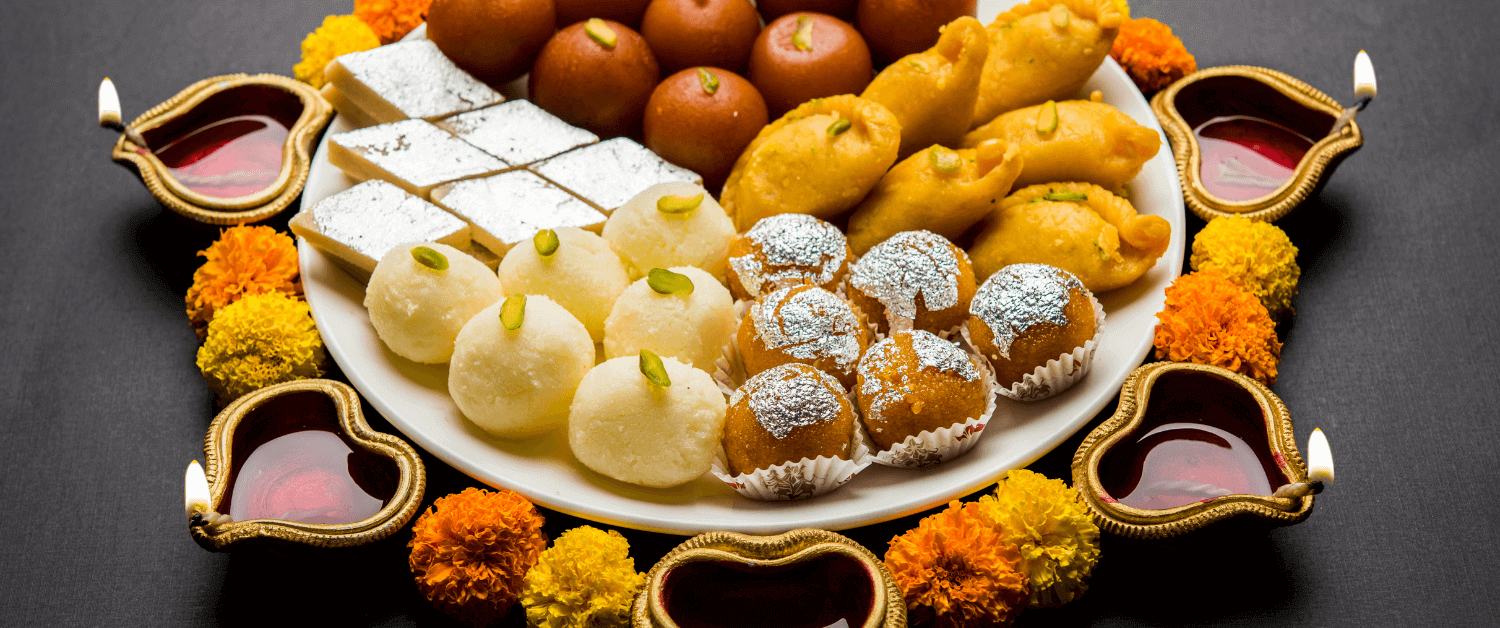
Silver Wark: A Shimmering Tradition in Indian Sweets and Rituals
Silver vark, also known as chandi ka vark or edible silver leaf, is a delicate, shimmering layer of pure silver used to decorate traditional Indian sweets, paan, and ceremonial foods. If you have ever admired the glistening top of a kaju katli or barfi, chances are you have seen silver vark in action. But is it safe to eat? Is it plant-based? And how do you know if it is authentic? This blog answers all your questions about it, from its origin to its storage, helping you make informed choices for your kitchen and rituals.
What Is Silver Vark?
Silver vark is an ultra-thin sheet of edible silver, typically used to enhance the visual appeal of food. It is tasteless, odorless, and so thin it dissolves instantly on the tongue. While it adds no flavor, it symbolizes purity, prosperity, and luxury, especially in Indian culture.
The Origin of Silver Vark
Silver Vark has deep roots in South Asian culinary and Ayurvedic traditions. Historically, it was used in royal kitchens and temples to signify wealth and sanctity. Over time, it became a staple in festive sweets and religious offerings, especially during weddings, Diwali, and other celebrations.
Common Uses of Silver Vark
-
- Silver Vark is commonly used to decorate Indian sweets like kaju katli, barfi, pedas, and laddoos, adding a festive shimmer to traditional treats.
- It lends a luxurious touch to paan and supari, elevating their presentation for special occasions.
- In Ayurveda, silver is sometimes included in medicinal formulations for its antimicrobial and cooling properties.
- It is also used in prasad and temple offerings, symbolizing purity and enhancing the spiritual value of the food.
Is Silver Vark Plant-Based?
Silver Vark, also known as varakh, is not plant-based as it is composed entirely of pure metallic silver. Traditionally used to garnish Indian sweets, dry fruits, and paan, its shimmering appeal has long symbolized luxury and festivity. While the silver itself is inorganic, the method of production historically involved pounding the metal between layers of animal intestine, making it unsuitable for vegetarians.
Thankfully, modern manufacturing has evolved to adopt cruelty-free techniques, using food-grade paper or synthetic materials instead of eliminating the use of animal products entirely. As a result, many contemporary silver wark products are now vegetarian-friendly.
However, to ensure ethical and dietary compatibility, it is essential to verify the packaging for certifications that confirm the foil is food-grade and vegetarian-approved.
How Is Silver Vark Made?
Silver Vark is traditionally made by hammering pure silver into thin sheets. There are three main methods:
-
- Traditional Method: Silver is placed between leather sheets and hammered until wafer-thin. This method is now discouraged due to ethical concerns.
- Modern Method: Uses synthetic or German butter paper instead of leather, making it cruelty-free and hygienic.
- Machine-Based Production: Ensures uniform thickness and purity, often used in large-scale manufacturing.
Shelf Life of Silver Vark
Silver wark has a long shelf life if stored properly. It doesn’t spoil easily but can tarnish or lose its sheen if exposed to moisture or air. For best results, use it within 6-12 months of purchase.
How to Identify Authentic Silver Vark
-
- Purity Mark-“99.9% Pure Silver”: Always check the packaging or product description for a purity label stating “99.9% pure silver.” This ensures the foil is made from genuine elemental silver, without adulterants such as aluminum or other metals, which can be harmful if ingested. Lower purity may compromise both safety and visual appeal.
- Food-Grade Certification (FSSAI or Equivalent): Look for certification from FSSAI (Food Safety and Standards Authority of India) or an equivalent regulatory body. This confirms the silver Vark meets hygiene and safety standards for consumption. Without this, there’s a risk of contamination or use of industrial-grade silver, which is not safe for food.
- Vegetarian Symbol: A green dot or vegetarian symbol on the packaging indicates that the silver Vark was produced using synthetic or paper-based methods, not animal intestines. This is crucial for ethical and religious reasons, especially for vegetarian households and festive offerings.
- No Yellow Tint: Authentic silver Vark has a bright, mirror-like sheen and is extremely thin, almost translucent. If the foil appears dull, yellowish, or uneven, it may be impure or mixed with other metals. Such discoloration can signal poor quality or unsafe production practices.
Where Is It Produced?
Silver Vark is primarily produced in Rajasthan, Uttar Pradesh, and parts of Maharashtra. These regions have skilled artisans and manufacturers who specialize in both traditional and modern techniques.
How to Use Silver Vark
Using silver Vark is simple:
-
- Gently lift the sheet using tweezers or a clean knife
- Place it on sweets, fruits, or paan
- Avoid touching with bare hands to prevent tearing or contamination
How to Store Silver Vark
To preserve the delicate texture and brilliance of silver Vark, proper storage is essential. Always store it in an airtight container to prevent exposure to moisture and air, which can tarnish the foil and compromise its safety. Choose a cool, dry place away from direct sunlight, as heat and humidity can cause the silver to oxidize or lose its sheen. If you are storing multiple sheets, layer them with butter paper or parchment to prevent sticking and tearing as silver wark is incredibly thin and fragile. Avoid placing it near strong-smelling items, as it can absorb odors despite being metallic. Never refrigerate or freeze it, as condensation can damage its structure. With these precautions, your silver vark will remain pristine and safe for use in sweets or festive garnishes.
Do’s and Don’ts of Silver Vark
Do’s
-
- Use certified food-grade silver: Always choose silver vark labeled as 99.9% pure and approved by FSSAI or equivalent to ensure it’s safe for consumption.
- Apply with clean tools: Use sanitized tweezers or brushes to handle the foil, preserving hygiene and preventing contamination.
- Store properly to avoid oxidation: Keep silver wark in an airtight container, away from heat and moisture, to maintain its shine and safety.
Don’ts
-
- Don’t use industrial silver foil: Foils meant for decoration or crafts may contain harmful metals and are not edible hence should never be used on food.
- Don’t expose to moisture: Humidity can tarnish the silver and degrade its quality, making it unsafe and visually dull.
- Don’t apply with bare hands: Touching silver wark directly can transfer oils and bacteria, and may tear the delicate foil.
Can it be eaten during Fasting?
Yes, silver vark can be consumed during fasting, as it contains no grains, pulses, spices, or animal-derived ingredients, making it compatible with most vrat (fasting) guidelines observed in Hindu traditions. It is commonly used to adorn sweets, dry fruits, and temple offerings during auspicious occasions like Navratri, Sawan Somwar, and Ekadashi, where purity and simplicity are emphasized. However, it’s crucial to ensure that the silver vark is produced using modern, cruelty-free methods.
Traditionally, silver was beaten into thin sheets using animal intestines or leather, making it unsuitable for consumption during fasting, which demands spiritual and physical purity. Such methods violate the sattvik principles of vrat and may conflict with ethical or religious values.
Therefore, always opt for vegetarian-certified, food-grade silver wark that explicitly states it was made without animal products. This ensures both ritual compliance and peace of mind.
Other Pointers to keep in Mind
-
- Not a Nutrient Source: Silver vark is purely ornamental and does not offer any nutritional value. It is used to enhance the visual appeal of sweets and festive dishes, not to contribute to health or wellness. Treat it as a garnish, not a supplement.
- Safe in Small Quantities: Though edible, silver vark should be consumed in moderation. Excessive intake may not be harmful in most cases, but overuse of any metal, even food-grade can raise concerns over long-term exposure. A thin layer on sweets is more than enough.
- Check for Allergies: While rare, some individuals may experience sensitivity or allergic reactions to metallic compounds. If someone has a history of metal allergies (especially to silver or nickel), it is best to consult a doctor before consuming silver-coated items.
- Avoid Counterfeit Products: Low-quality or fake silver vark may contain harmful metals like aluminium, cadmium, or lead, which pose serious health risks. Always buy from trusted brands and look for purity and food-grade certifications to ensure safety.
Conclusion:
Silver vark is more than just a decorative layer. It is a cultural symbol of purity and celebration. Whether you are preparing festive sweets or offering prasad, knowing how to choose, use, and store authentic silver wark ensures that safety and tradition go hand in hand. With proper care and awareness, this shimmering foil can elevate your culinary creations while honoring age-old customs.
